Delving into the nuances of plant nutrition, researchers have discovered that the form of nitrogen intake profoundly affects the efficiency of photosynthesis in plants. This pivotal finding sheds light on how plants process and utilize nitrogen, offering critical insights for enhancing crop productivity and optimizing nitrogen use in agriculture.
Tag: Photosynthesis
Exemplar-Based Data Generation and Leaf-Level Analysis for Phenotyping Drought-Stressed Poplar Saplings
A research team has developed a novel method combining computer vision and deep learning to phenotype drought-stressed poplar saplings, achieving 99% accuracy in variety identification and 76% accuracy in stress-level classification.
Changes Upstream: RIPE team uses CRISPR/Cas9 to alter photosynthesis for the first time
A RIPE team used CRISPR/Cas9 to increase gene expression in rice by changing its upstream regulatory DNA. Their work is the first unbiased gene-editing approach to increase gene expression and downstream photosynthetic activity and was recently published in Science Advances.
Engineered increase in mesophyll conductance improves photosynthetic efficiency in field trial
Researchers have engineered mesophyll conductance, which plays a key role in photosynthesis and refers to the ease with which CO2 can move through a leaf’s cells before ultimately becoming sugar to feed the plant. Their results are featured in an upcoming paper in the Plant Biotechnology Journal.
Engineered increase in mesophyll conductance improves photosynthetic efficiency in field trial
Researchers have engineered mesophyll conductance, which plays a key role in photosynthesis and refers to the ease with which CO2 can move through a leaf’s cells before ultimately becoming sugar to feed the plant. “This is one of the few…
New satellite dataset sheds light on Earth’s plant growth
In the field of environmental and climate science, researchers have developed the Comprehensive Mechanistic Light Response (CMLR) gross primary production (GPP) dataset.
The Underappreciated Role of Pods and Siliques to Developing Seeds
Plants harness energy from sunlight and carbon dioxide through a process called photosynthesis which supports the generation of carbohydrates, proteins, and oils that are stored in seeds – like a kernel of corn, a soybean, or a grain of rice.
Researchers Find Global Plant Water Use Efficiency Stalled Due to Climate Change
Researchers at the University of New Hampshire have found that water use efficiency has stalled since 2001 which implies not as much CO2 was being taken in by plants and more water was consumed and that could have implications on carbon cycling, agricultural production and water resources.
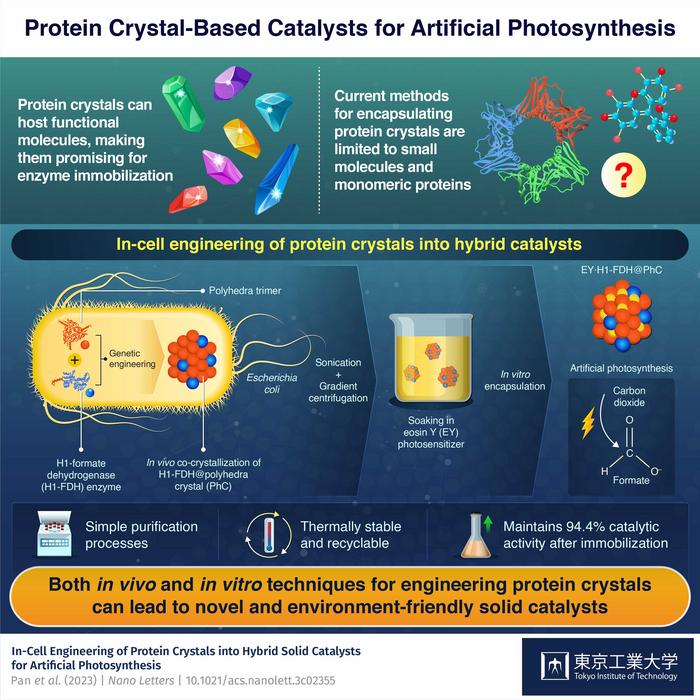
Towards artificial photosynthesis with engineering of protein crystals in bacteria
In-cell engineering can be a powerful tool for synthesizing functional protein crystals with promising catalytic properties.

Researchers capture elusive missing step in the final act of photosynthesis
Photosynthesis plays a crucial role in shaping and sustaining life on Earth, yet many aspects of the process remain a mystery. One such mystery is how Photosystem II, a protein complex in plants, algae and cyanobacteria, harvests energy from sunlight and uses it to split water, producing the oxygen we breathe. Now researchers from the Department of Energy’s Lawrence Berkeley National Laboratory and SLAC National Accelerator Laboratory, together with collaborators from Uppsala University and Humboldt University and other institutions have succeeded in cracking a key secret of Photosystem II.
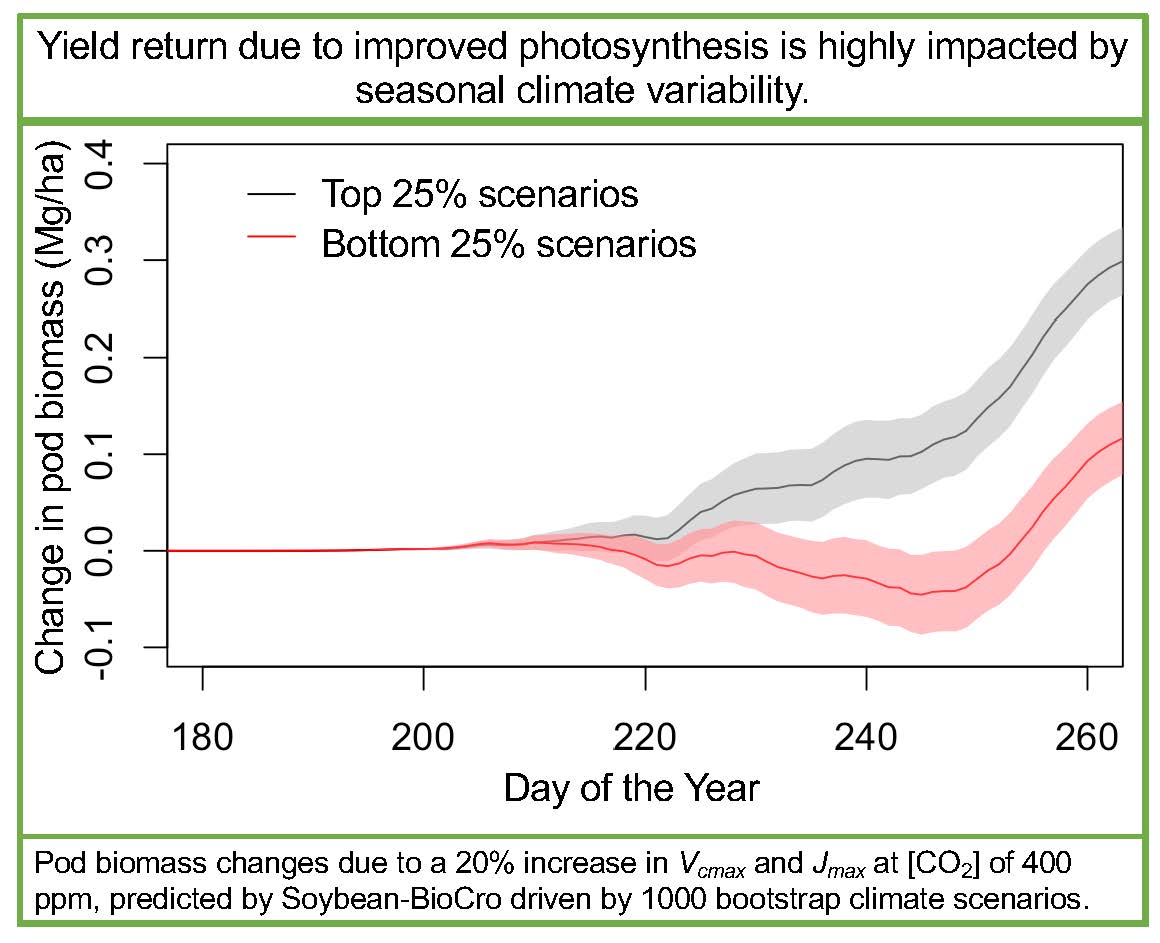
RIPE researchers model ‘link’ between improved photosynthesis and increased yield
A team from the University of Illinois has modeled improving photosynthesis through enzyme modification and simulated soybean growth with realistic climate conditions, determining to what extent the improvements in photosynthesis could result in increased yields.
Artificial photosynthesis for environmentally friendly food production
Ensuring the supply of food to the constantly growing world population and protecting the environment at the same time are often conflicting objectives.
Massive “marimo” algae balls at risk from deadly winter sunburn
Climate change could overexpose rare underwater “marimo” algae balls to sunlight, killing them off according to a new study at the University of Tokyo.
Producing ‘green’ energy — literally — from living plant ‘bio-solar cells’
By collecting electrons naturally transported within plant cells, scientists can generate electricity. Now, researchers reporting in ACS Applied Materials & Interfaces have, for the first time, used a succulent plant to create a living “bio-solar cell” that runs on photosynthesis.
Entangled photons to take pictures in the dark
During photosynthesis, a chemical reaction jumpstarted by sunlight breaks down chemicals into the food plants need to repair themselves and to grow. But as researchers attempt to better understand photosynthesis, they have hit a roadblock when it comes to being able to see the fundamental structures and processes in a plant.
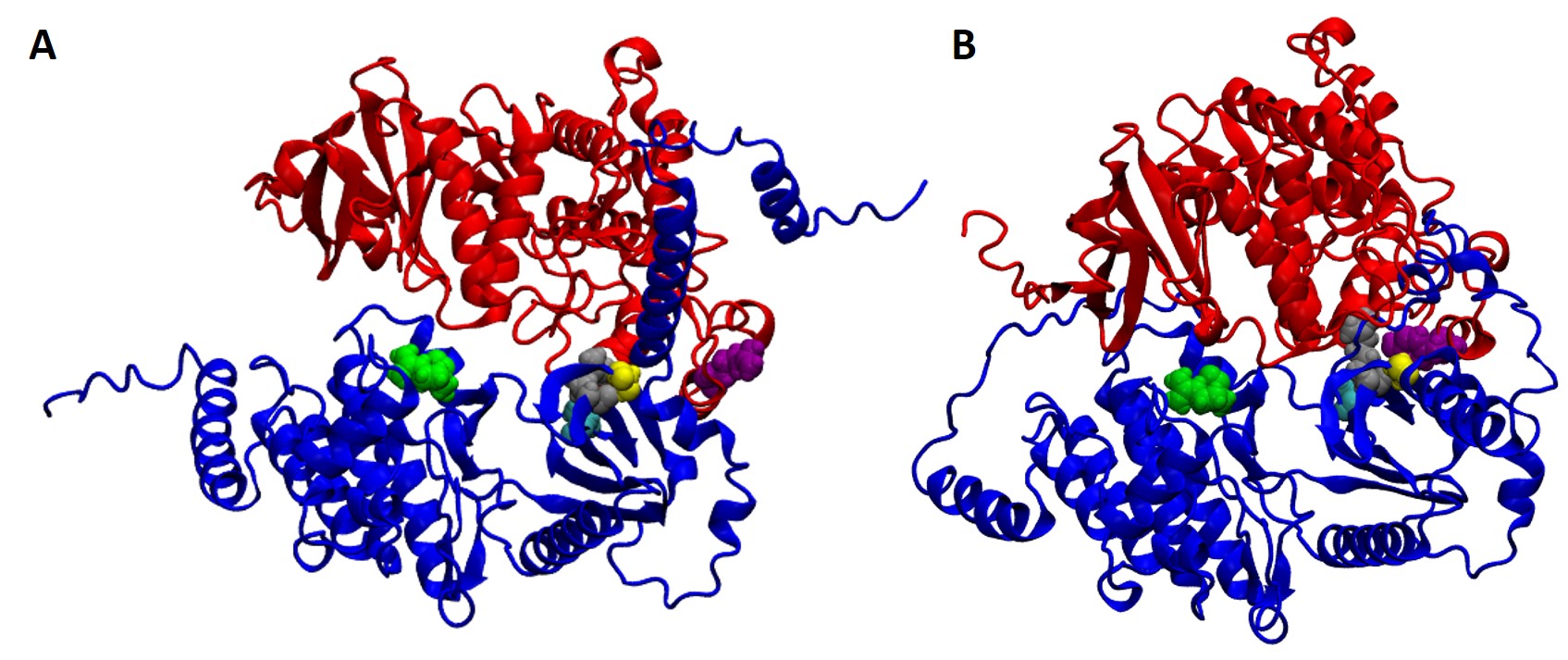
Researchers Identify Elusive Carbon Dioxide Sensor in Plants that Controls Water Loss
UC San Diego scientists have identified a long-sought carbon dioxide sensor in plants, a discovery that holds implications for trees, crops and wildfires. The researchers found that two proteins work together to form the sensor, which is key for water evaporation, photosynthesis and plant growth.
Shining a new light on the importance of a critical photosynthesis pathway in plants
Photosynthesis is one of the most important chemical reactions, not just for plants but also for the entire world.
MSU researchers help reveal a ‘blueprint’ for photosynthesis
Michigan State University researchers and colleagues at the University of California Berkeley, the University of South Bohemia and Lawrence Berkeley National Laboratory have helped reveal the most detailed picture to date of important biological “antennae.”
Protein Structures Aren’t Set in Stone
A new study on rubisco, a photosynthetic enzyme thought to be the most abundant protein on the planet, shows that proteins can change their structural arrangement with surprising ease. The findings reveal the possibility that many of the proteins we thought we knew actually exist in other, unknown shapes.
Floating ‘artificial leaves’ ride the wave of clean fuel production
Researchers have developed floating ‘artificial leaves’ that generate clean fuels from sunlight and water, and could eventually operate on a large scale at sea.
Story tips: Drought-resistant crops, hydropower, AI for atomic measurement, controlling refrigerants and recycling e-waste
Story tips: Drought-resistant crops, hydropower, AI for atomic measurement, controlling refrigerants and recycling e-waste
Scientists create viable, reproducing yeast-cyanobacterial hybrids
Every plant, animal or other nucleus-containing cell also harbors an array of miniature “organs” that perform essential functions for the cell.
New Study Sheds Light on Evolution of Photosynthesis
A Rutgers-led study sheds new light on the evolution of photosynthesis in plants and algae, which could help to improve crop production.

Biologists uncover forests’ unexpected role in climate change
New research from West Virginia University biologists shows that trees around the world are consuming more carbon dioxide than previously reported, making forests even more important in regulating the Earth’s atmosphere and forever shift how we think about climate change.
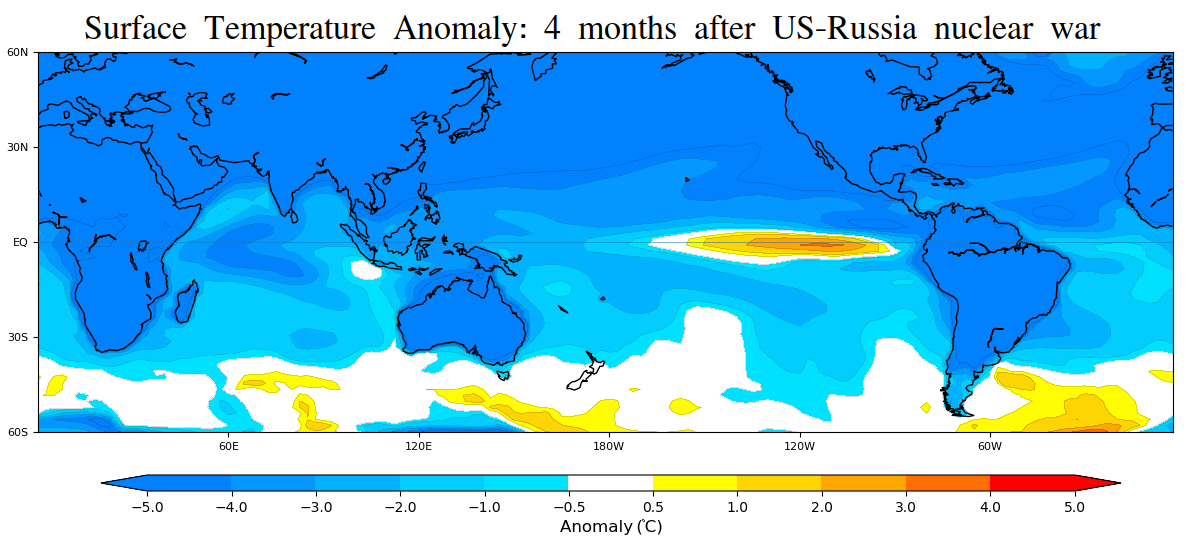
Nuclear War Could Trigger Big El Niño and Decrease Seafood
A nuclear war could trigger an unprecedented El Niño-like warming episode in the equatorial Pacific Ocean, slashing algal populations by 40 percent and likely lowering the fish catch, according to a Rutgers-led study. The research, published in the journal Communications Earth & Environment, shows that turning to the oceans for food if land-based farming fails after a nuclear war is unlikely to be a successful strategy – at least in the equatorial Pacific.
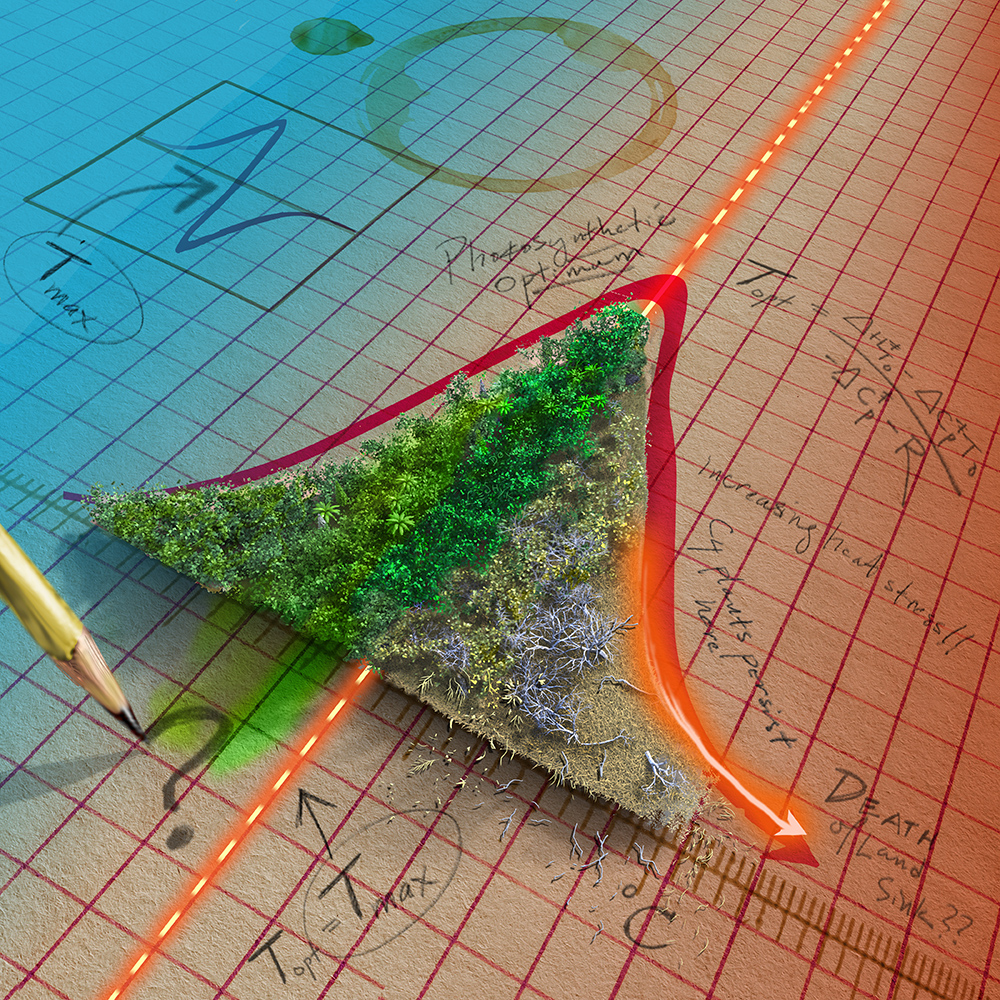
Earth to reach temperature tipping point in next 20 to 30 years, new NAU study finds
Postdoctoral scholar Katharyn Duffy led an international team that looked at 20 years of data from throughout the world and found that record-breaking temperates are contributing to a significant decrease in plants’ ability to absorb human-caused carbon emissions.
How Did Red Algae Survive in Extreme Environments?
Red algae have persisted in hot springs and surrounding rocks for about 1 billion years. Now, a Rutgers-led team will investigate why these single-celled extremists have thrived in harsh environments – research that could benefit environmental cleanups and the production of biofuels and other products.
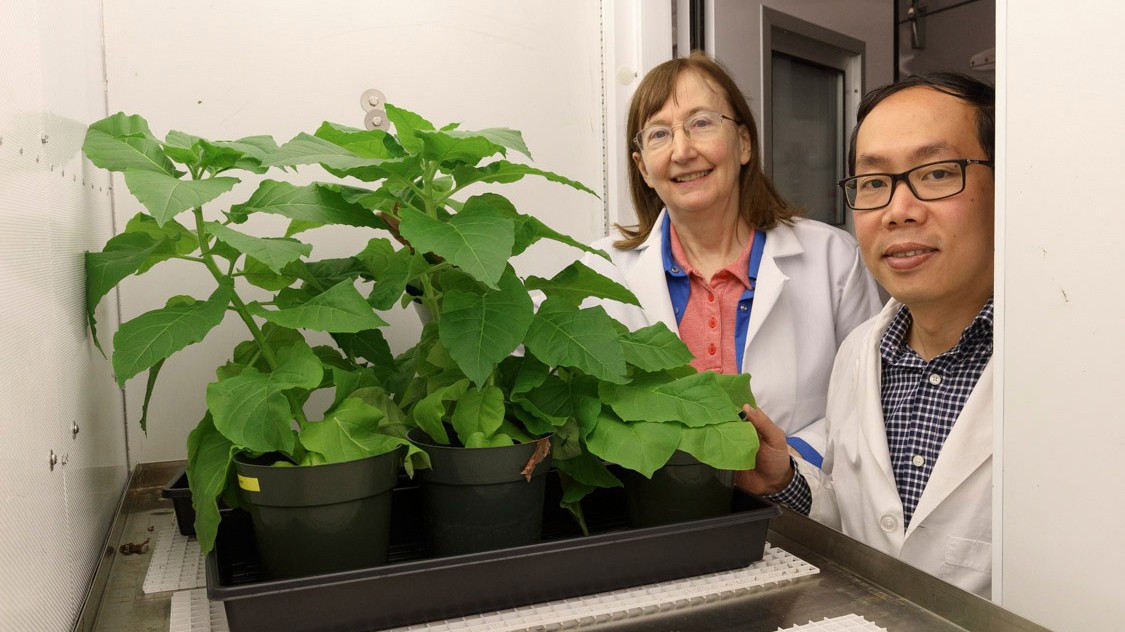
E. coli bacteria offer path to improving photosynthesis
Cornell University scientists have engineered a key plant enzyme and introduced it in Escherichia coli bacteria in order to create an optimal experimental environment for studying how to speed up photosynthesis, a holy grail for improving crop yields.
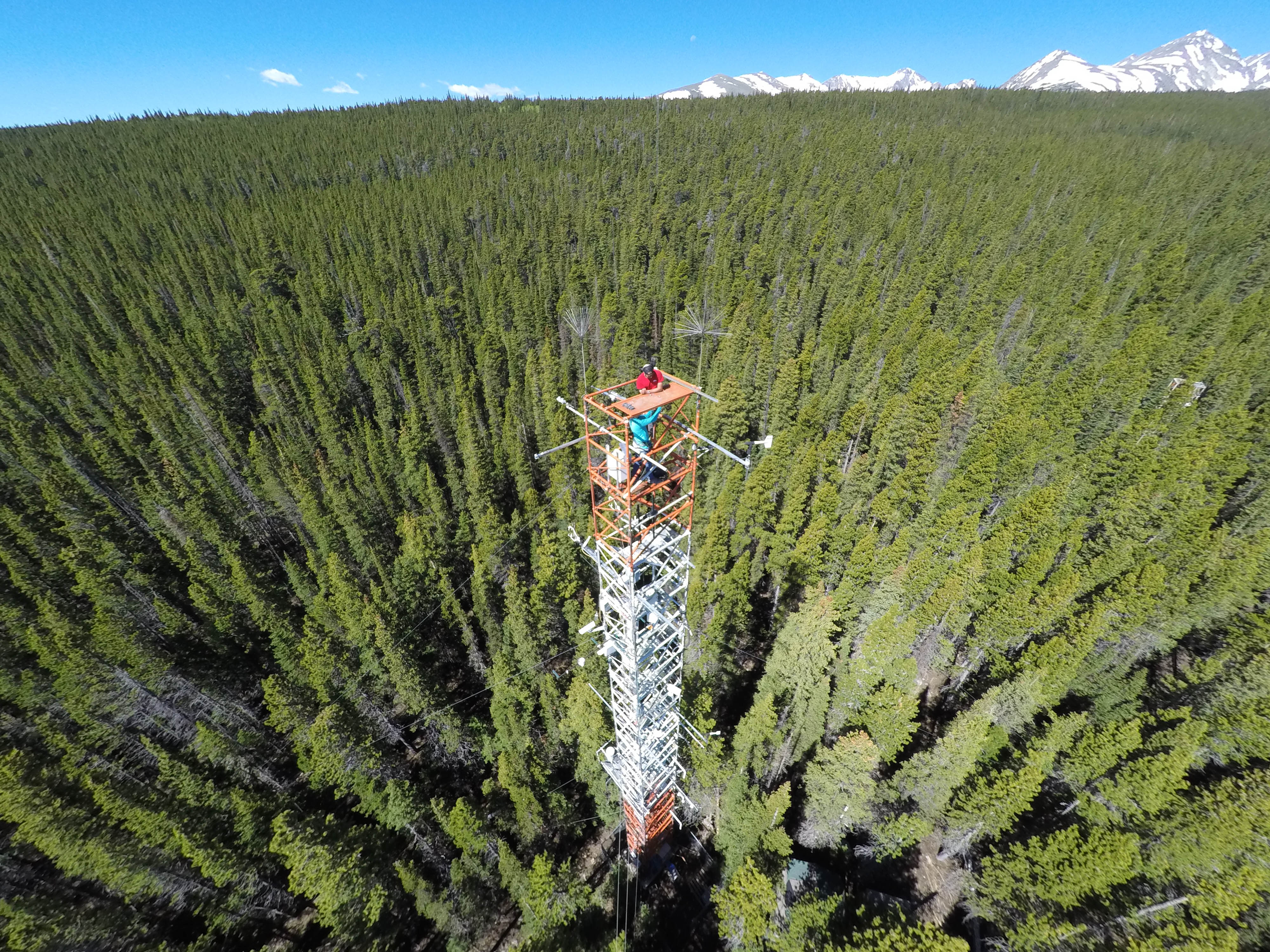
How to Get a Handle on Carbon Dioxide Uptake by Plants
How much carbon dioxide, a pivotal greenhouse gas behind global warming, is absorbed by plants on land? It’s a deceptively complicated question, so a Rutgers-led group of scientists recommends combining two cutting-edge tools to help answer the crucial climate change-related question.
Converting solar energy to hydrogen fuel, with help from photosynthesis
Recently, scientists have achieved record efficiency for solar-to-fuel conversion, and now they want to incorporate the machinery of photosynthesis to push it further. They present their results today at the American Chemical Society Fall 2020 Virtual Meeting & Expo.
Discovery reveals how plants make cellulose for strength and growth
The new discovery unveils the molecular machinery that plants use to weave cellulose chains into cable-like structures called “microfibrils.”

Light a Critical Factor in Limiting Carbon Uptake, Even in the North
A new Columbia Engineering study demonstrates that even when temperatures warm and cold stress is limited, light is still a major factor in limiting carbon uptake of northern high latitudes. The team analyzed satellite observations, field measurements, and model simulations and showed that there is a prevalent radiation limitation on carbon uptake in northern ecosystems, especially in autumn.

Showtime for Photosynthesis
Using a unique combination of nanoscale imaging and chemical analysis, an international team of researchers has revealed a key step in the molecular mechanism behind the water splitting reaction of photosynthesis, a finding that could help inform the design of renewable energy technology.

Untangling a key step in photosynthetic oxygen production
Researchers zeroed in on a key step in photosynthesis in which a water molecule moves in to bridge manganese and calcium atoms in the catalytic complex that splits water to produce breathable oxygen. What they learned brings them one step closer to obtaining a complete picture of this natural process, which could inform the next generation of artificial photosynthetic systems that produce clean and renewable energy from sunlight and water. Their results were published in the Proceedings of the National Academy of Sciences today.
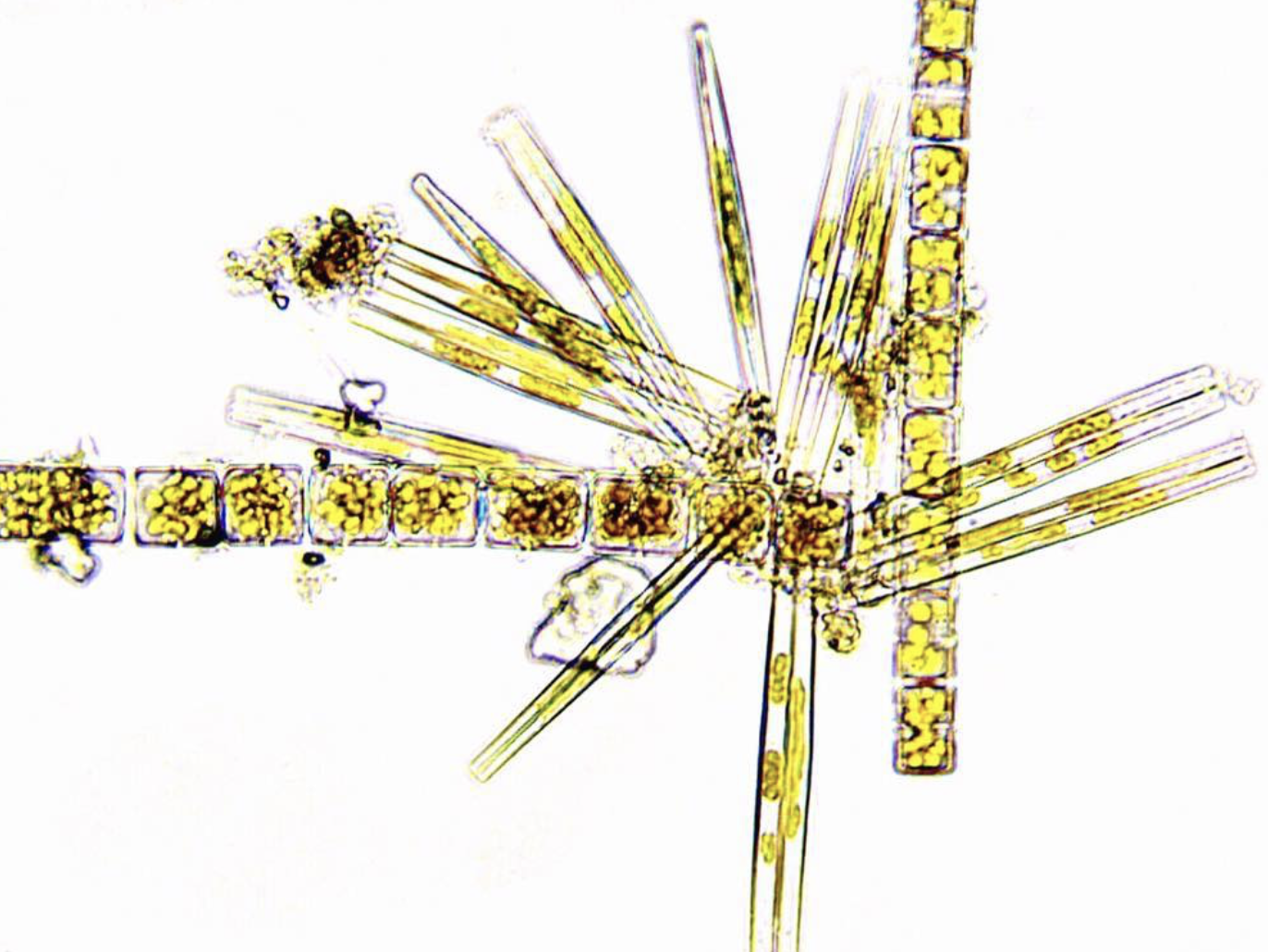
Algae in the Oceans Often Steal Genes from Bacteria
Algae in the oceans often steal genes from bacteria to gain beneficial attributes, such as the ability to tolerate stressful environments or break down carbohydrates for food, according to a Rutgers co-authored study.
The study of 23 species of brown and golden-brown algae, published in the journal Science Advances, shows for the first time that gene acquisition had a significant impact on the evolution of a massive and ancient group of algae and protists (mostly one-celled organisms including protozoa) that help form the base of oceanic food webs.
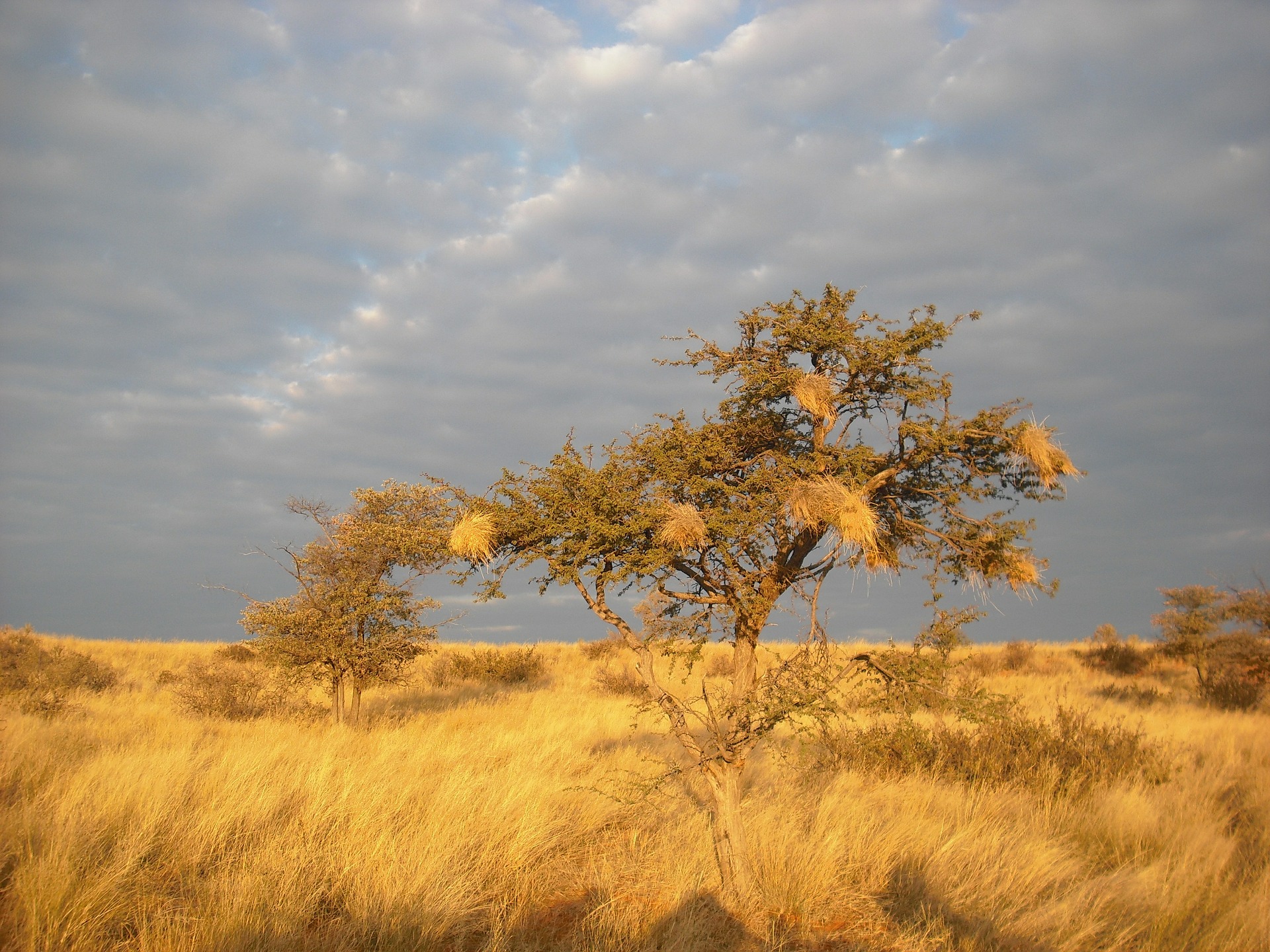
Precipitation Will Be Essential for Plants to Counteract Global Warming
A new Columbia Engineering study shows that increased water stress—higher frequency of drought due to higher temperatures, is going to constrain the phenological cycle: in effect, by shutting down photosynthesis, it will generate a lower carbon uptake at the end of the season, thus contributing to increased global warming.
Department of Energy to Provide $100 Million for Solar Fuels Research
The U.S. Department of Energy (DOE) announced a plan to provide up to $100 million over five years for research on artificial photosynthesis for the production of fuels from sunlight.
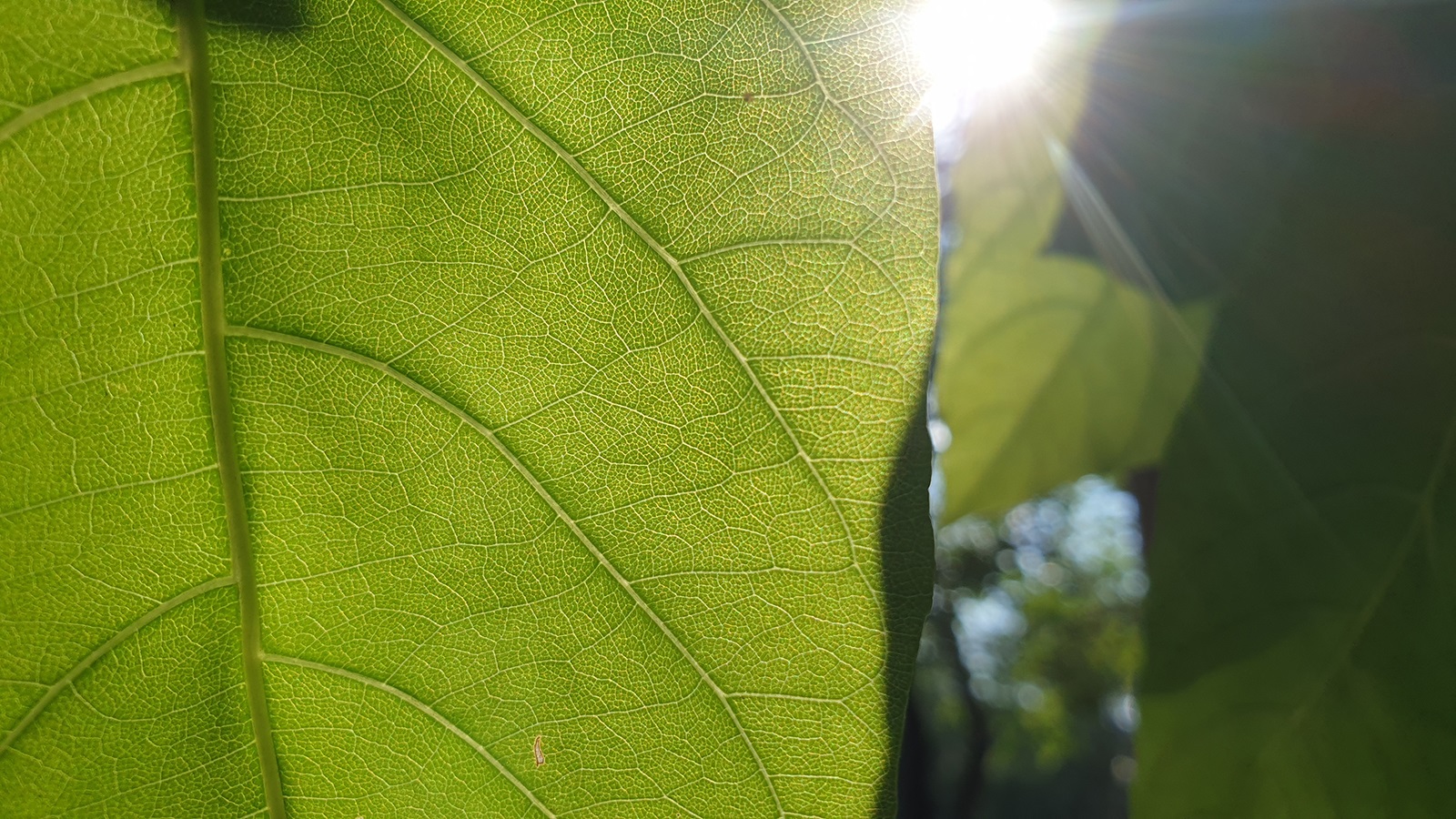
Argonne and Washington University scientists unravel mystery of photosynthesis
Scientists solved a critical part of the mystery of photosynthesis, focusing on the initial, ultrafast events through which photosynthetic proteins capture light and use it to initiate a series of electron transfer reactions.
Switching tracks: Reversing electrons’ course through nature’s solar cells
Think of a train coming down the tracks to a switch point where it could go either to the right or the left — and it always goes to the right. Photosynthetic organisms have a similar switch point. New research from Washington University in St. Louis and Argonne National Laboratory coaxes electrons down the track that they typically don’t travel
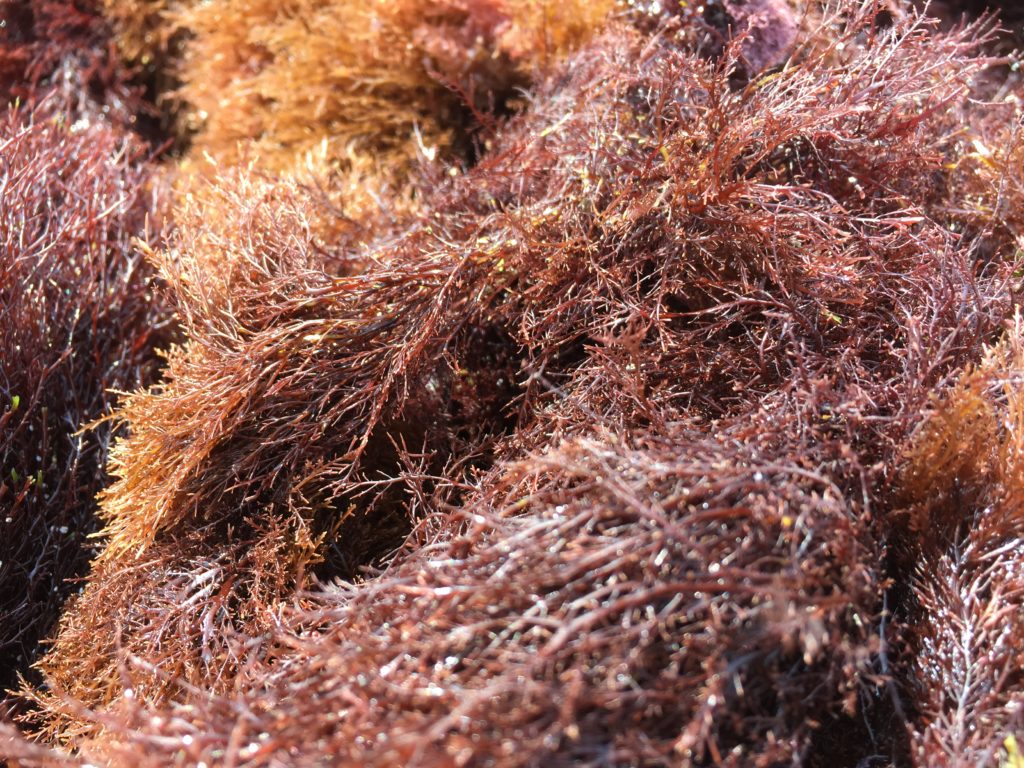
Red Algae Thrive Despite Ancestor’s Massive Loss of Genes
You’d think that losing 25 percent of your genes would be a big problem for survival. But not for red algae, including the seaweed used to wrap sushi. An ancestor of red algae lost about a quarter of its genes roughly one billion years ago, but the algae still became dominant in near-shore coastal areas around the world, according to Rutgers University–New Brunswick Professor Debashish Bhattacharya, who co-authored a study in the journal Nature Communications.
Scientists Discover Key Factors in How Some Algae Absorb Solar Energy
Scientists have discovered how diatoms – a type of algae that produces 20 percent of the Earth’s oxygen – absorb solar energy for photosynthesis. The Rutgers University-led discovery, published in the journal Proceedings of the National Academy of Sciences, could help lead to more efficient and affordable algae-based biofuels and combat climate change from fossil fuel burning.